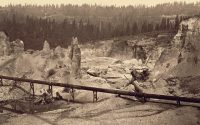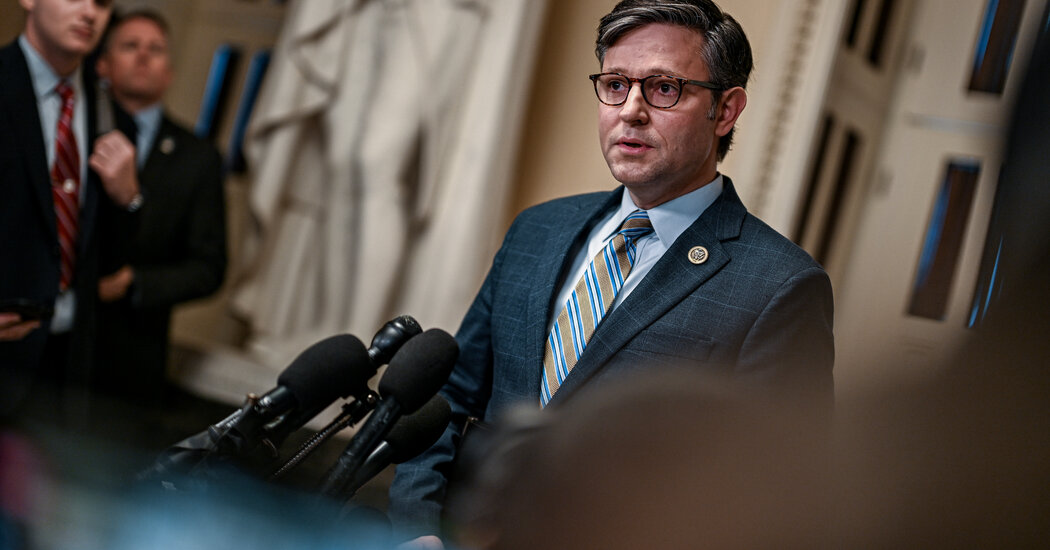Did Bitter Cold Affect Turnout in Iowa?
One of the big questions about Monday was just how many people would be willing to brave what has become the coldest caucus day in Iowa history to support their candidate of choice.
So far, almost all of the precincts that have completed voting suggest a fairly low turnout for this year’s caucuses — roughly between 100,000 and 120,000.
That would be a significant cut from the 187,000 Republican caucusgoers who voted in 2016, which was a record high turnout.
A complete picture of turnout won’t be known until the full results are published by the Iowa Republican Party. The first precincts to report their results may also naturally be the ones with low turnout.
Iowans in some locations had indeed overcome the frigid wind chills and snowy roads to make a strong showing at their precincts, with organizers hurriedly reaching for extra chairs, looking for ways to open additional space and scrambling to search for additional registration forms for first-time caucusgoers.
In Sioux Center, a city in northwestern Iowa with a population of about 8,400, the wind chill went down to 31 degrees below freezing. But the caucus site, an event center housing three separate precincts, was filled with roughly 400 voters. Some were left standing.
In several other precincts, turnout appeared much lower than expected.
Dan Hess, a precinct chair and site captain at Franklin Middle School in Cedar Rapids, said he was expecting “a pretty low turnout,” citing the bad weather. There had been 225 caucusgoers in his precinct in 2016. Only about 50 turned up to the caucus site, which is hosting two precincts, by the scheduled start time today.
Amy Guidry, a precinct chair, said that 280 people had made commitments to attend the caucus in Ankeny, in the suburbs of Des Moines. But only about 100 people were gathered in the main gym at Ankeny High School by the start of the caucus.
Some of the campaigns had been previously preparing for an enormous record-breaking turnout of more than 200,000. But a brutal snowstorm and persistent severe weather conditions have upended that prediction. One weather forecast predicted that the wind chill could reach minus-40 degrees in northwestern Iowa and minus-30 degrees near Des Moines.
The National Weather Service office in Des Moines reported that the highest temperature recorded on Monday barely rose above freezing to 1 degree, about 15 degrees colder than the previous coldest caucus day in 1972.
Reporting was contributed by Cindy Hadish, Maya King, Kellen Browning and Ann Klein.


